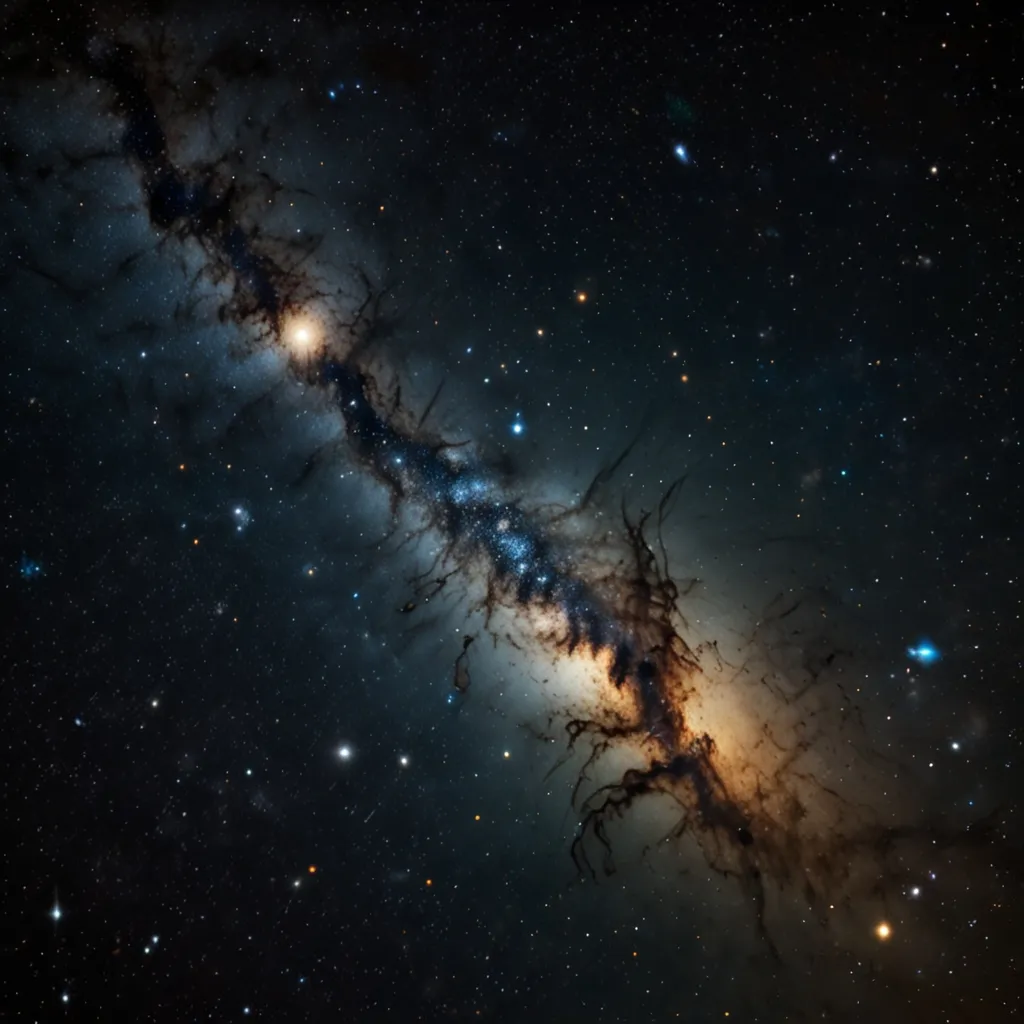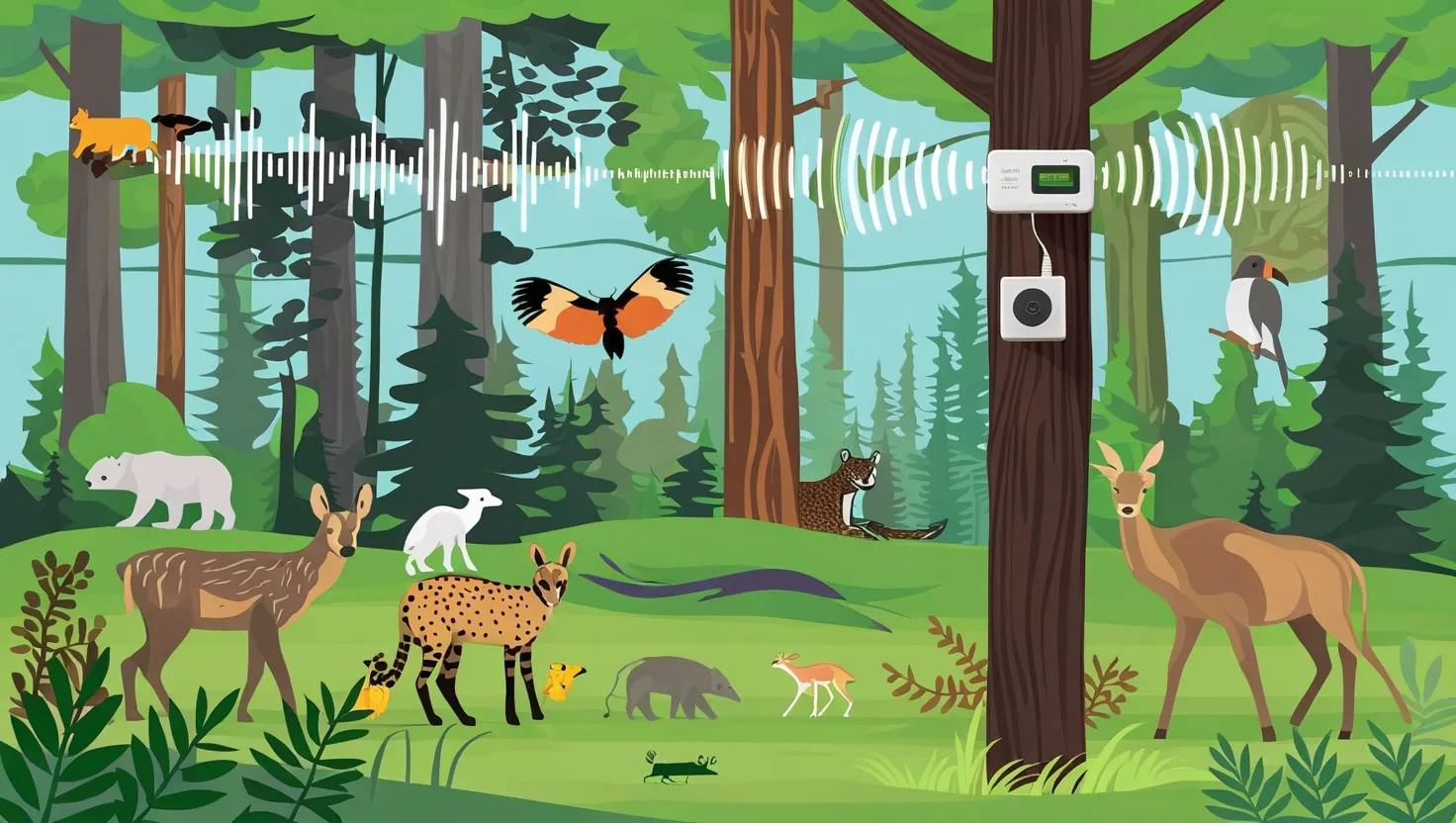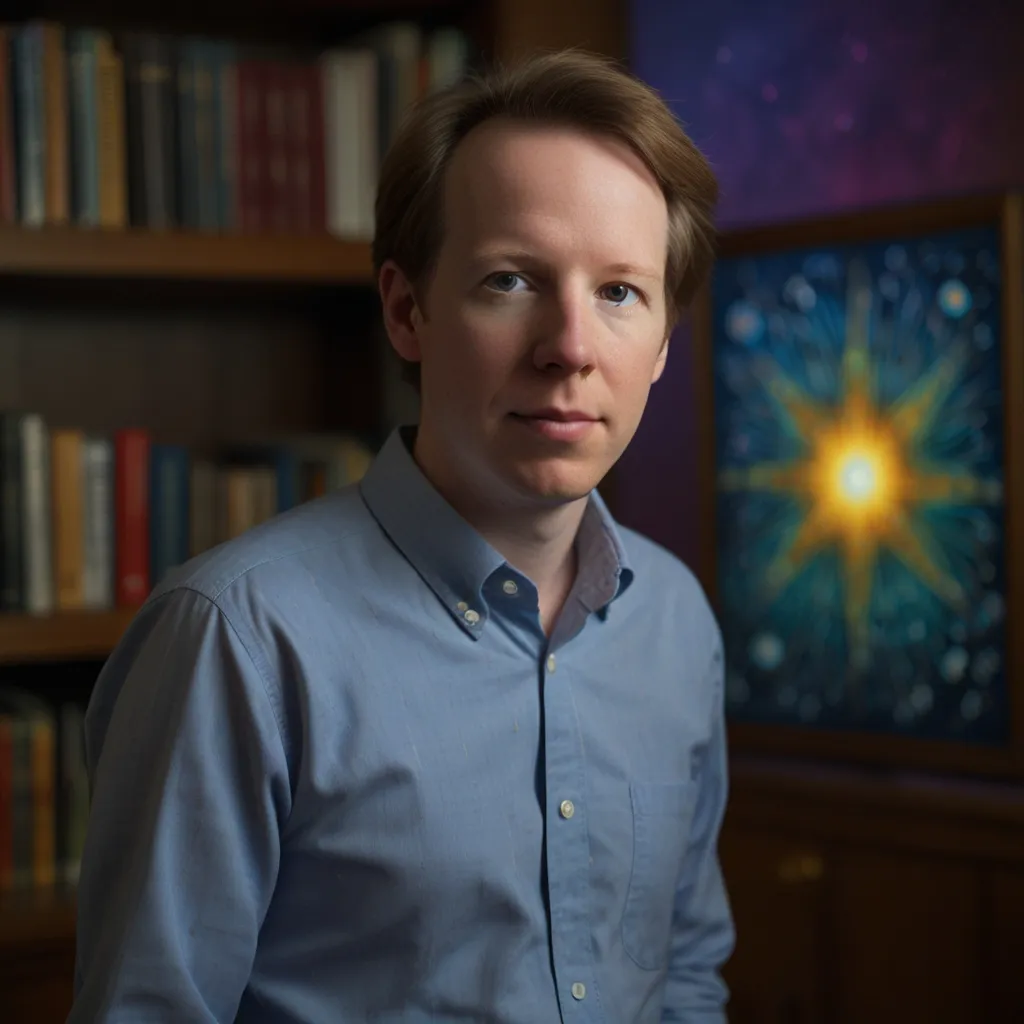Understanding the scale of the universe isn’t a simple feat. Picture the largest objects you know—the Great Pyramids of Giza, the Burj Khalifa, or even Mount Everest. The universe dwarfs these entities by countless magnitudes. But here’s the twist: the universe is also unimaginably small. Even atoms and bacteria are gargantuan compared to the smallest measures in the cosmos.
This variance is hard for our everyday experiences to grasp. Consider the stars; our universe holds at least 10 sextillion of them. That’s more stars than grains of sand on every beach on Earth—mind-blowing, right? But how small does the universe get? The smallest theorized length is the Planck length, about 1.6 x 10^-35 meters. Imagine if an atom were the size of Earth; a Planck length would still be vastly smaller than the head of a pin.
Let’s zoom in closer to something more familiar: the human scale, about one meter in length. Shrink down to one-tenth of a meter, and you’ll encounter small creatures like shrews or chicken eggs. Move to one millimeter, and now you’re in the realm of grains of sand and dust mites.
Dive deeper, and you’ll find large viruses. At a millionth of a meter, DNA molecules and glucose molecules come into view. Take another leap to one billionth of a meter, and you’re at the scale of the largest atoms, like cesium. But we’re still not at the smallest possible size—gamma rays operate at one trillionth of a meter.
Go even smaller, to one quadrillionth of a meter, and you encounter particles that make up an atom’s nucleus: protons and neutrons. At this point, imagine Michigan’s football stadium: if an atom were that size, its nucleus would be like a marble on the 50-yard line.
Now, dive a quadrillion times smaller than that. At 1 x 10^-35 meters, you’ve reached the Planck length. If an atom were the size of Earth, the Planck length would be smaller than a proton. So, what exactly is a Planck length? It’s derived from the universe’s fundamental constants: the speed of light (C), the gravitational constant (G), and the Planck constant (h-bar). These constants define the universe’s properties, and by manipulating their units, we arrive at the Planck length—essentially the smallest unit of meaningful measurement.
In the realms of quantum mechanics and gravity, determining an object’s position smaller than the Planck length becomes impossible. This limit signifies the smallest meaningful length due to the fundamental constants. While future discoveries may reveal new insights, our current understanding paints the Planck length as an absolute boundary.
What makes this length fascinating is its universality; it applies, no matter the language, unit system, or even planet of origin. If we ever meet extraterrestrial beings, we’ll share this common measure—a cosmic handshake, you could say.
So, while the enormity and minuteness of the universe both boggle the mind, the constants that define them bind us all, laying the groundwork for a shared understanding, even with beings from beyond.






